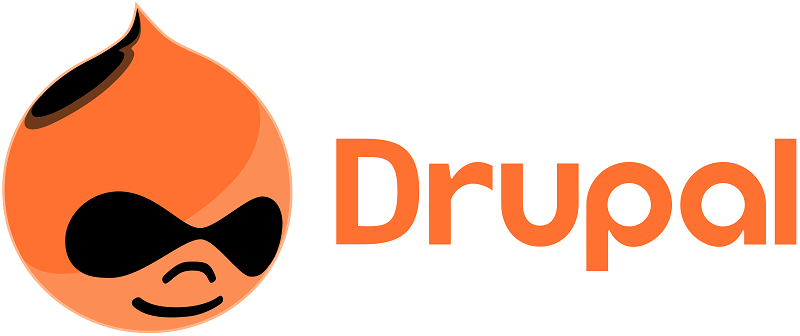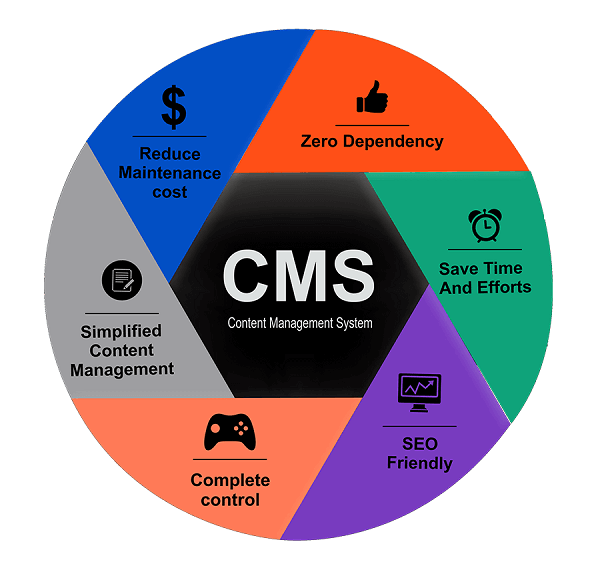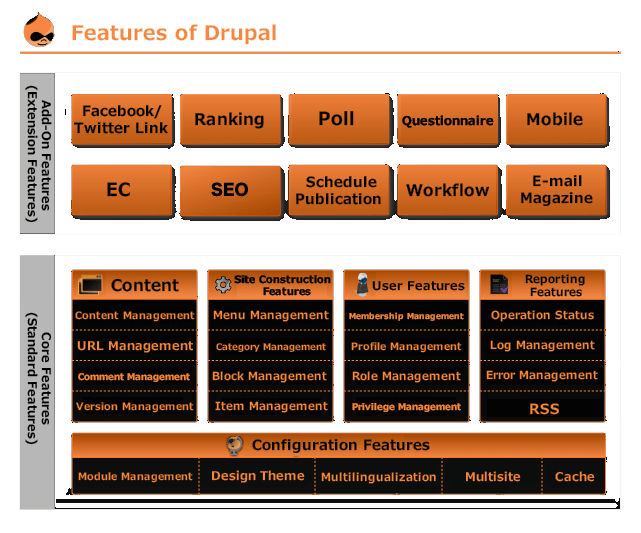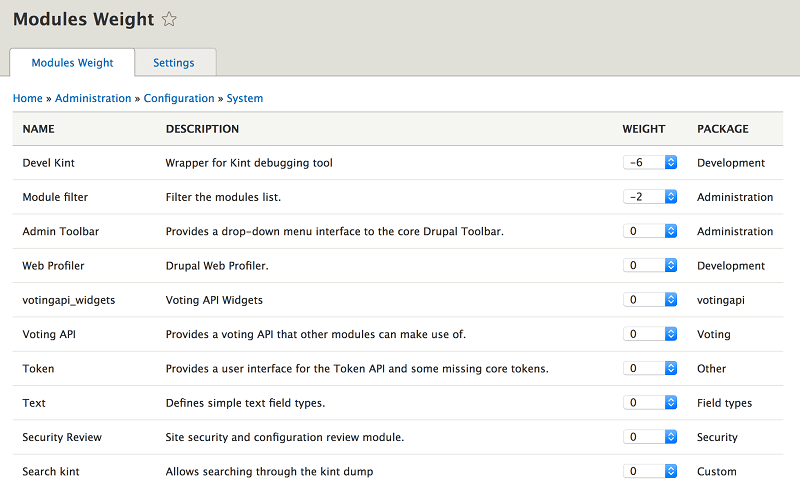What is Drupal
Drupal is a free and open-sou0rce Content Management System (CMS) that allows organizing, managing, and publishing your content. It is built on PHP-based environments. This is carried out under GNU, i.e., General Public License, which means everyone can download and share it with others. Drupal is used on million sites such as WhiteHouse.gov, World Economic Forum, Stanford University, Examiner.com, and many more.

What is Content Management System
The Content Management System (CMS) is a software that stores all the data of your content (such as text, photos, music, documents, etc.) and is made available on your website. In addition, a CMS helps in editing, publishing, and modifying the content of the website.

Why we should use Drupal
Drupal CMS is more flexible if you develop a website with a content management system than any other CMS. Drupal is mighty and can be used for building large, complex sites. It is PHP based template and allows non-technical users to add and edit the content without any HTML or Web design knowledge. Furthermore, Drupal CMS makes it easy to interact with other sites or technologies as Drupal can handle complex forms and workflows. It is available with more than 16000 modules which can be addressed with Drupal core and add-on modules.
Features
- Drupal makes it easy to create and manage your site.
- Drupal translates anything in the system with built-in user interfaces
- Drupal connects your website to other sites and services using feeds, search engine connection capabilities, etc.
- Drupal is an open-source software hence requires no licensing costs.
- Drupal designs a highly flexible and creative website with adequate display quality, thus increasing visitors.
- Drupal can publish your content on social media such as Twitter, Facebook, and other social mediums.
- Drupal provides more customizable themes, including several base themes to design your themes for developing web applications.
- Drupal manages the content on informational sites, social media sites, member sites, intranets, and web applications.

Advantages
- Drupal is a flexible CMS that allows handling content types, including video, text, blog, menu handling, real-time statistics, etc.
- Drupal provides several templates for developing web applications. There is no need to start from scratch if you are building simple or complicated web applications.
- Drupal is easy to manage or create a blog or website. It helps to organize, structure, find and reuse content.
- Drupal provides some interesting themes and templates which give your website an attractive look.
- Drupal has over 7000 plug-ins to boost your website. Since Drupal is open-source, you can create your plug-ins.
Disadvantages
- Drupal is not a user-friendly interface. It requires advanced knowledge and few basic things about the platform to install and modify.
- Drupal is a new content management system. Therefore, it is not compatible with other software.
- Performance is low compared to other CMS. The website built using Drupal will generate big server loads and never open with a slow internet connection.
Modules
Contributed modules offer such additional or alternate features as image galleries, custom content types and content listings, WYSIWYG editors, private messaging, third-party integration tools, integrating with BPM portals, and more. As of December 2019, the Drupal website lists more than 44,000 free modules.

Some of the most commonly used contributed modules include:
- Content Construction Kit (CCK): allows site administrators to create content types by extending the database schema dynamically. “Content-type” describes the kind of information. Content types include but are not limited to events, invitations, reviews, articles, and products. The CCK Fields API is in Drupal core in Drupal 7.
- Views: facilitates the retrieval and presentation of content to site visitors through a database abstraction system. Basic views functionality has been added to core in Drupal 8.
- Panels: drag and drop layout manager that allows site administrators to design their site visually.
- Rules: conditionally executed actions based on recurring events.
- Features: enables the capture and management of features (entities, views, fields, configuration, etc.) into custom modules.
- Context: allows the definition of sections of the site where Drupal features can be conditionally activated
- Media: makes photo uploading and media management easier
- Services: provides an API for Drupal.
- Organic Groups Mailing List
